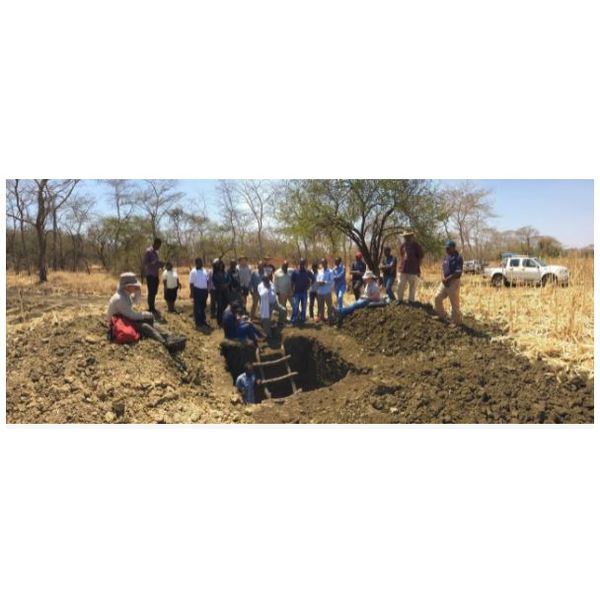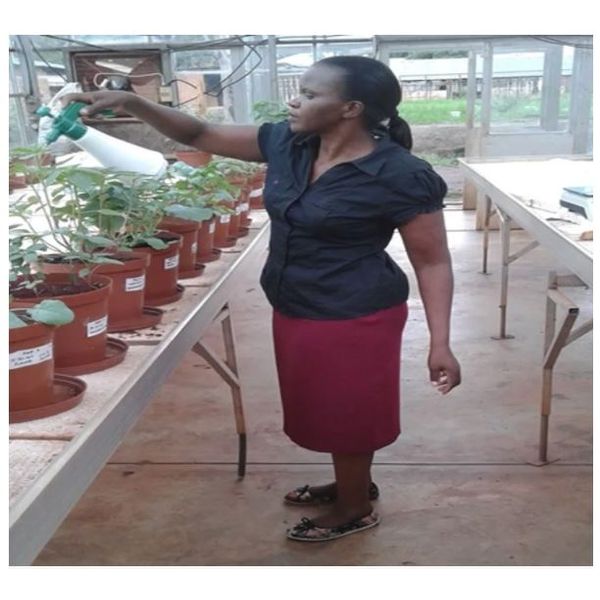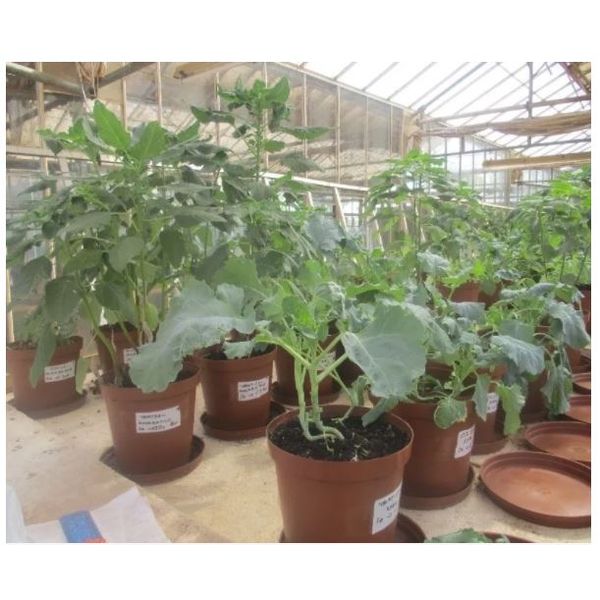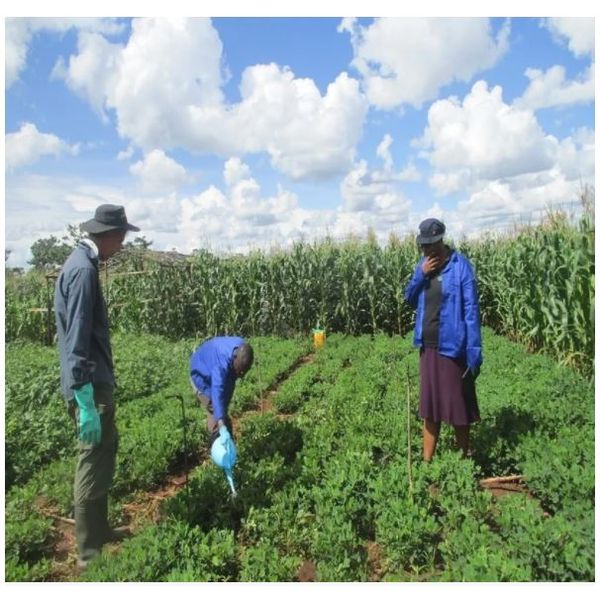

Tackling hidden hunger in Malawi
Tackling Malawi`s Hidden Hunger through Selenium and Iodine biofortification to green vegetables and conservation agriculture (CA) field crops
Introduction
In sub-Saharan Africa, micronutrient deficiencies are common in poor and rural areas, due to over-farmed, depleted soils and restricted diets. In Malawi, three-quarters of the population are selenium-deficient, which can lead to weakened immune systems and thyroid problems and almost 100 % of households in Malawi would be at risk of iodine deficiency disorders (IDD) with the reliance of I supply from food other than salt. The rural communities most at risk from hidden hunger are hard to reach with supplementation and food fortification programmes. One approach to tackling hidden hunger and is the optimisation of soil and crop management strategies to increase plant root uptake and deposition into the edible portions of widely consumed food crops. Selenium (Se) and Iodine (I) are among these micronutrients that have shown potential results through foliar and soil biofortification.
PhD work done by Ivy Sichinga Ligowe, based at Lilongwe University of Agriculture and Natural Resources (LUANAR) in Malawi, aimed at assessing the potential of biofortification of green vegetables with Se and I to increase the uptake of these micronutrients into the edible parts of green vegetables (Brassica napus L and Amaranthus retroflexus L) grown on 3 soil types (Alfisol, Oxisol and Vertisol) with varying geochemical properties. The study also looked at the influence of the organic input brought by conservation agriculture (CA) cropping systems on the uptake of Se through biofortification studies to field crops (Maize and legumes). This work was built upon the earlier studies that revealed suboptimal dietary Se and I intake in Malawi which depends on the soil type where the crops are grown and the geographical location. Hence the bioavailability of selenium and Iodine in Malawi’s soils was the key component of her research.

Ivy’s PhD was funded through the Royal Society-Department for International Development (DFID) Africa Capacity Building Initiative, in a consortium involving LUANAR, the University of Nottingham and the British Geological Survey in the UK, the University of Zambia and the University of Zimbabwe. Ivy was the first person in more than 20 years to embark on a PhD in the Faculty of Agriculture at LUANAR, under the primary supervision of Dr Patson Nalivata.
From her PhD work, Ivy managed to publish four papers in international journals. The manuscripts were as described below:
The first part looked at the literature review on the selenium deficiency risks in sub-Saharan African food systems and their geospatial linkages. The review gave further evidence that human Se deficiency risks are widespread in Malawi and these risks are highly linked to soil characteristics and Se concentration of food, strongly influenced by geographical location.
The second part of Ivy’s work looked at the potential of agronomic iodine biofortification of leafy vegetables grown in Vertisols, Oxisols and Alfisols using both approaches; soil application and foliar spray. The findings showed that both foliar and soil iodine application to all three soil types, at the highest rate tested (10 kg ha-1) substantially increased dietary intake close to the recommended dietary Se requirement of 150 µg day-1. Hence agronomic biofortification of iodine to green vegetables could serve as an alternative way to increase iodine intake to humans in regions of the World where iodine deficiencies are very likely due to low soil availability.

The assessment of the efficiency of the agronomic biofortification of leafy vegetables, grown in an Oxisol, Alfisol and Vertisol with isotopically labelled selenium (77Se), revealed similar results to the iodine studies where soil application of selenium to the green vegetables on three soil types, at the highest rate of 20 g ha-1increased dietary intake close to the recommended dietary selenium requirement of 55 µg day-1. However, both concentration and uptake of the fertilizer 77Se declined sharply with sequential harvests due to progressive fixation of 77Se that Se bio-fortification of green vegetables subject to several harvests would require multiple applications during the growing season.

With the aim of examining the viability of selenium biofortification in an Alfisol, 77Se-enriched selenate (20 g ha-1) was applied to sub-plots of maize and legumes (cowpea, groundnuts, pigeon peas and velvet beans) within an established CA rotational and intercropped trial. The findings showed that a single application of Se to maize at 75 days after planting resulted in maize grain Se concentrations >200 µg kg-1 with a contribution of approximately 56 – 64 µg day-1 to the Malawi diet, as refined maize flour for both cultivation regimes (CA and conventional) tested. The concentration of selenium in maize grain was not affected by the compounded organic inputs from residue retention after 10 years of practising CA, whilst the improved soil fertility under the various CA cropping systems led to increased maize yield and selenium uptake compared to conventional cultivation. The fertiliser selenium applied to maize and legume crops was not available beyond the year in which it was applied.

These results from Ivy’s PhD in support with the results from the GeoNutrition projects funded by the Bill & Melinda Gates Foundation (INV-009129) and the UKRI Biotechnology and Biological Sciences Research Council (BBSRC)/Global Challenges Research Fund (GCRF) (BB/P023126/1) may influence government policy in adopting the micronutrient biofortification to crops and/or micronutrient fertilizer amendments approaches with the aim of reducing the micronutrient deficiencies risks in the country and region at large.
The author acknowledges funding from the Royal Society and Department for International Development (DfID)-UK (Grant Award AQ140000), “Strengthening Capacity in Soil Geochemistry to Inform Agriculture and Health Policies.
